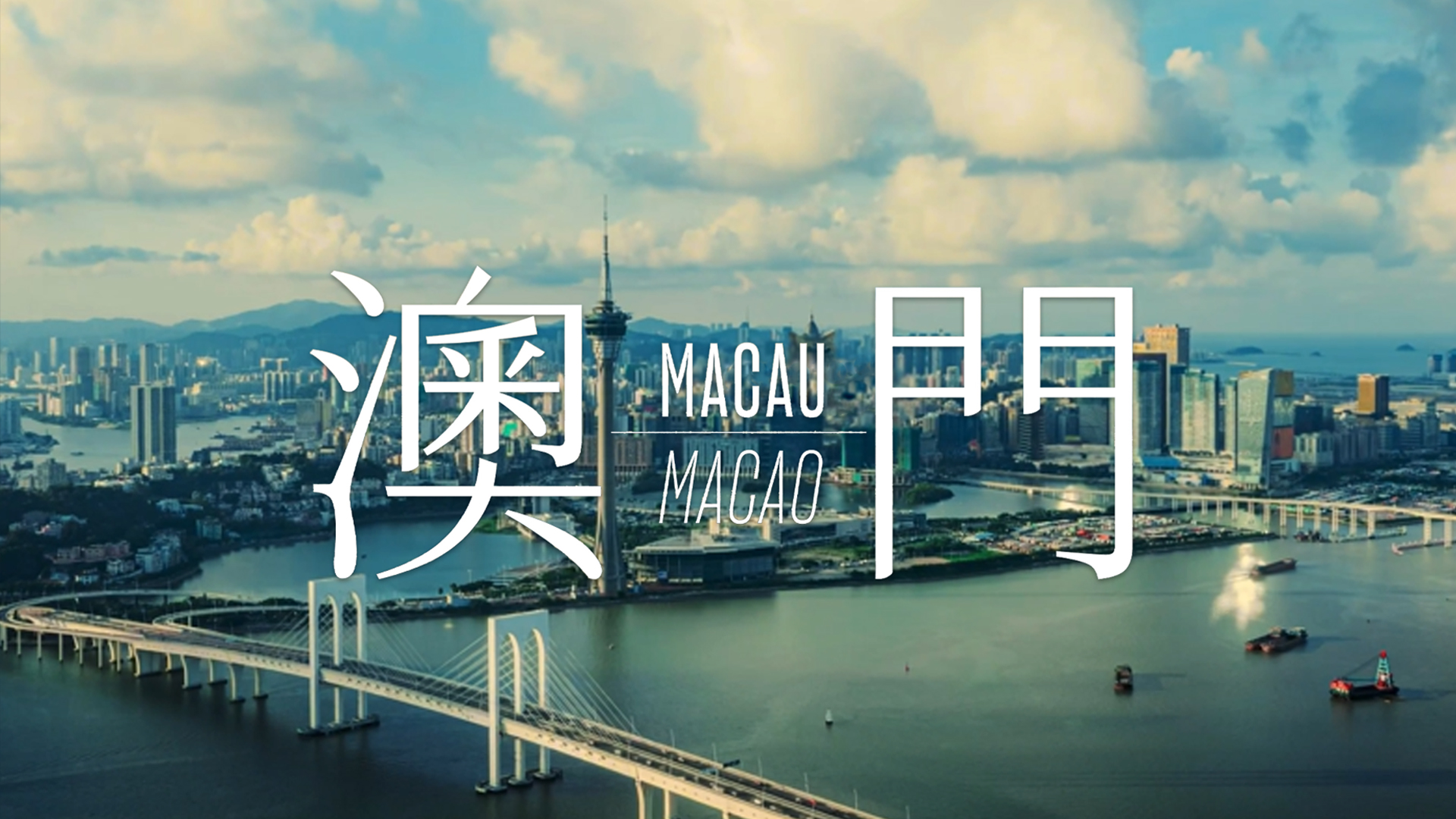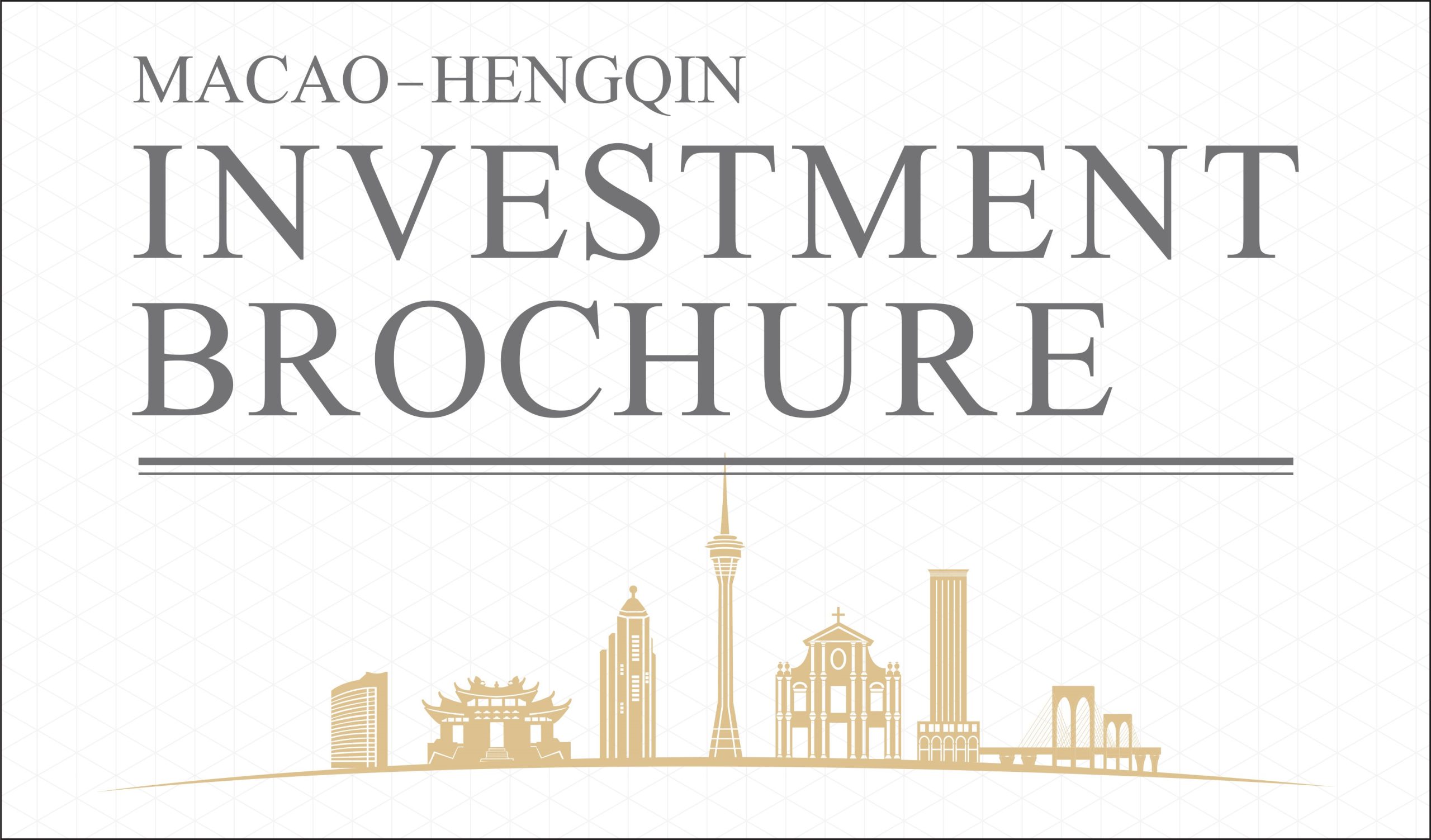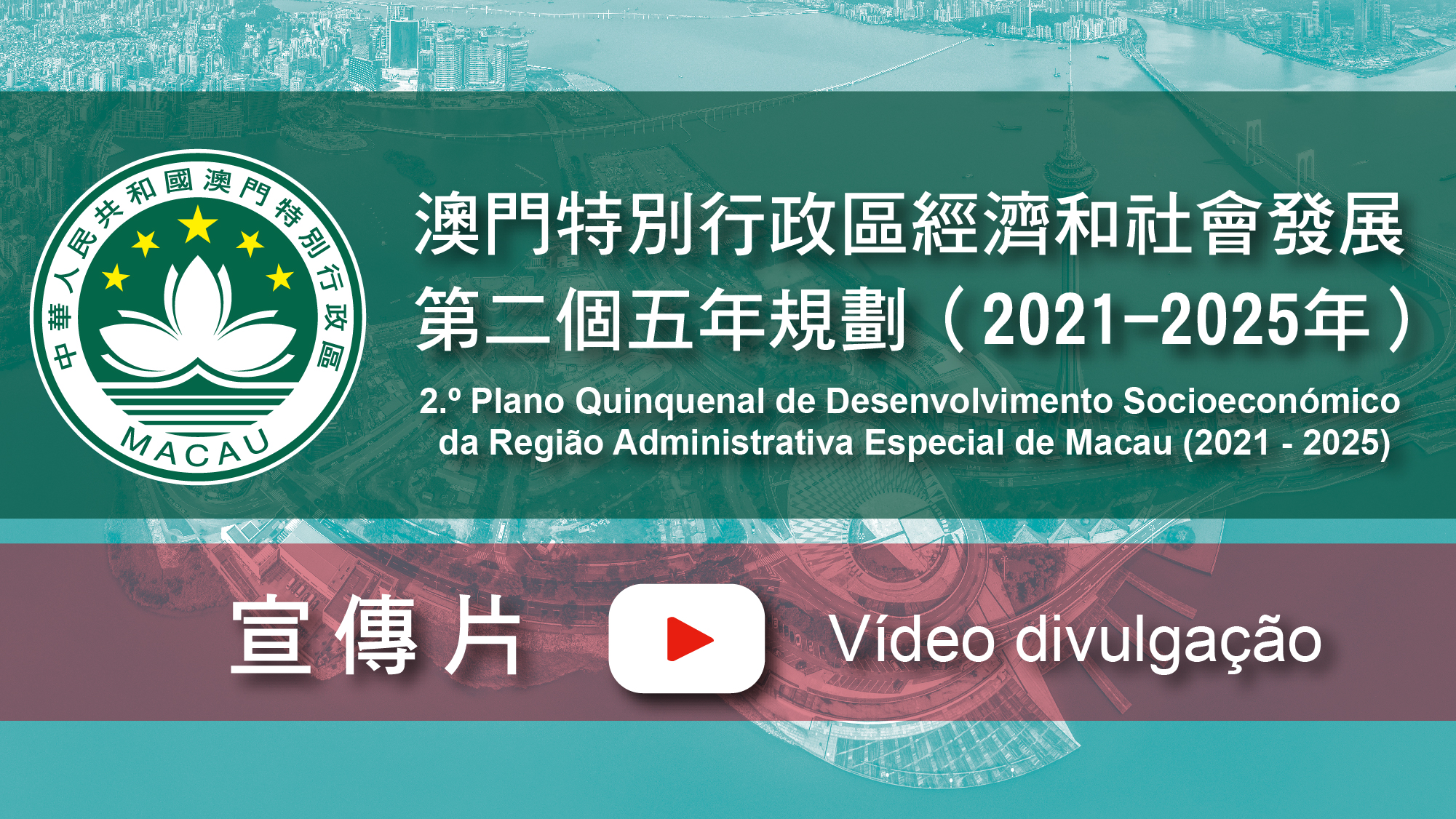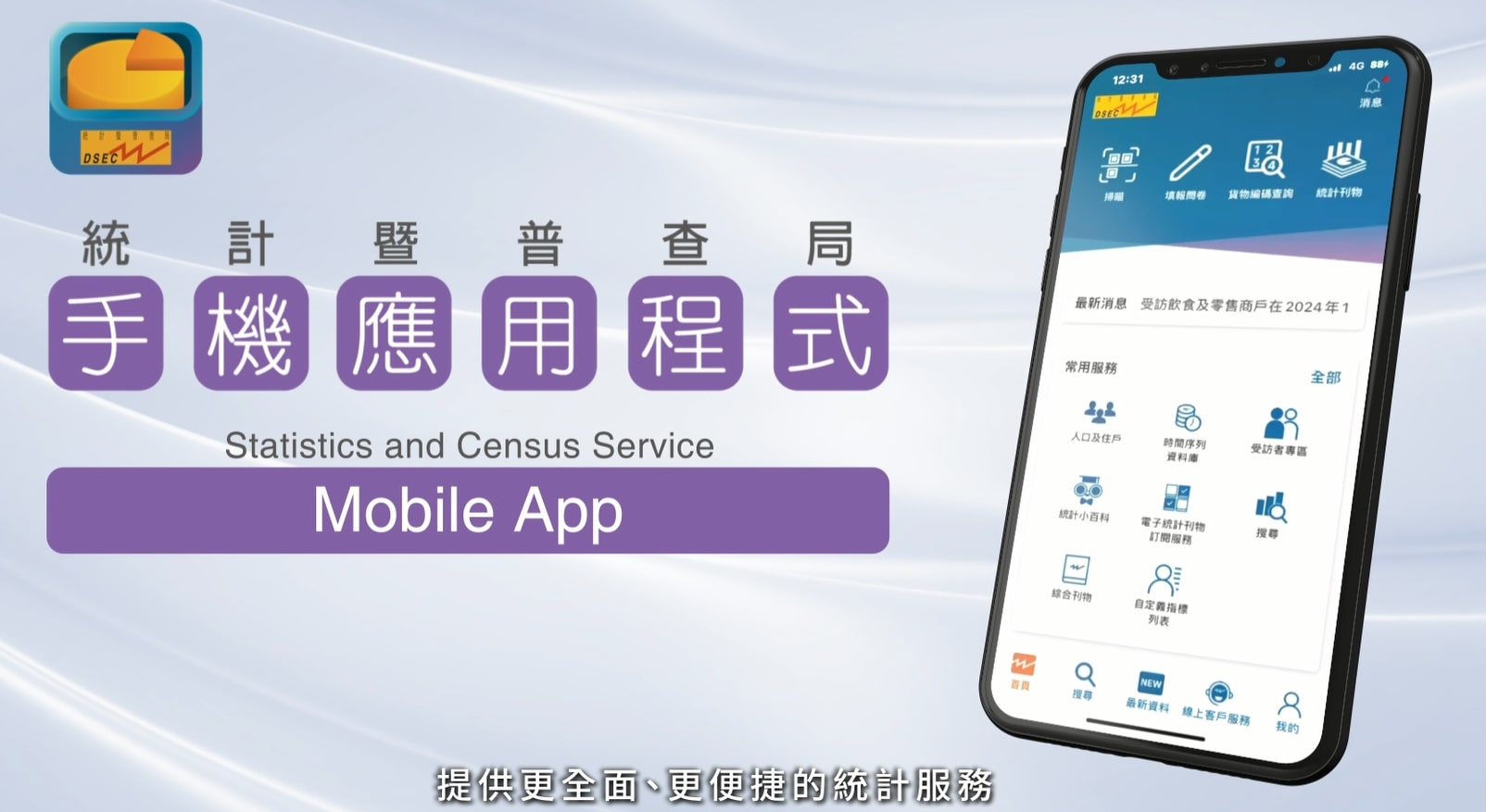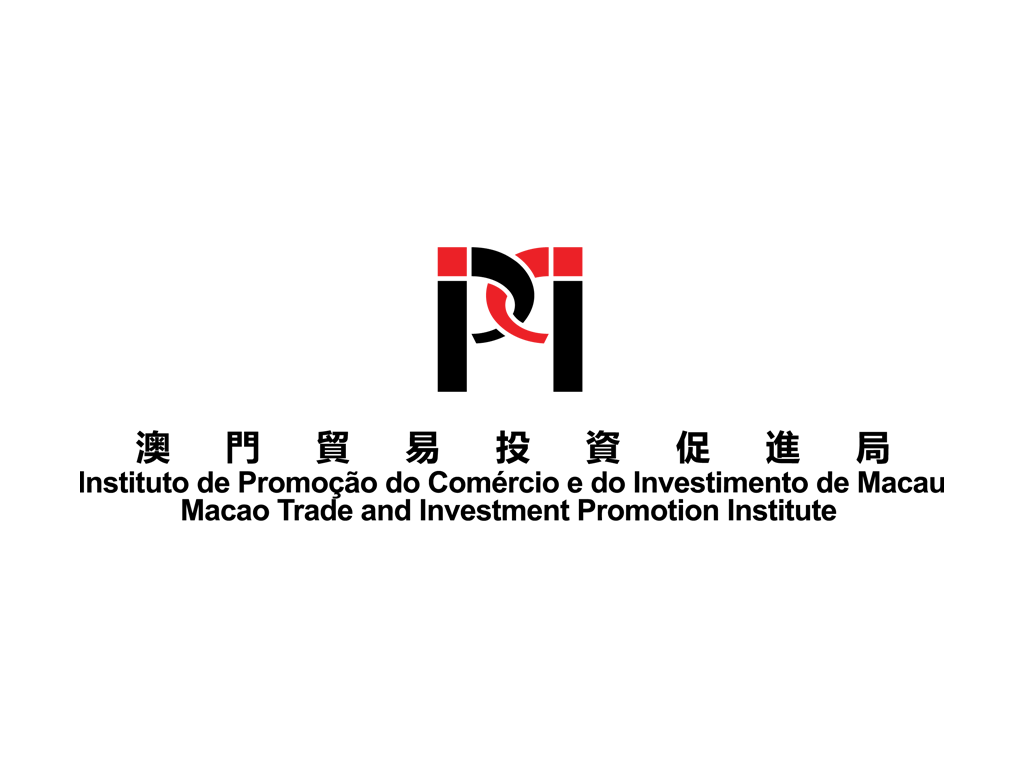Search Issues
HOT SPOT FOR INVESTMENT: YANGZI RIVER DELTA (SHANGHAI, JIANGSU, ZHEJIANG) AND GUANGDONG PROVINCE
With its strong economic performance, the Yangzi River Delta (which covers Shanghai Municipality, Jiangsu and Zhejiang provinces) and Guangdong Province are the main destinations for foreign investment. As shown in the statistics1, the GDP of the Yangzi River Delta and Guangdong Province accounted for 34% of the whole country, 70% and 55% for foreign trade and actual utilisation of FDI (Foreign Direct Investment) respectively. It signifies the important economic and trade status, investors high level of confidence as well as the numerous business opportunities.
|
2001
|
2002
|
2003
|
2004
|
2005
|
|
|
Shanghai
|
43.92
|
50.3
|
58.5
|
65.41
|
68.5
|
|
Jiangsu
|
73.5
|
108.3
|
158
|
121
|
131.8
|
|
Zhejiang
|
45.2
|
47
|
54.5
|
66.8
|
77.2
|
|
Guangdong
|
157.55
|
131.11
|
155.78
|
100.12
|
123.64
|
Source: Statistical Report on Shanghai’s socio-economic
development (2001-2005), Statistical Report on Jiangsu’s socio-economic development (2001-2005), Statistical Report on Zhejiang’s socio-economic
development (2001-2005), Statistical Report on Guangdong’s socio-economic development (2001-2005)
INVESTMENT ENVIRONMENT OF THE YANGZI RIVER DELTA
SUBSTANTIAL GROWTH IN FOREIGN INVESTMENT
With the rich natural resources and strategic geographic location, the Yangzi River Delta has long been one of China’s economic strongholds. As the investment environment has been further improved, the inflow of FDI recorded substantial growth from 2001 to 2005. By comparing the figures of 2005 and 2001, the amount of actual utilisation of FDI in Shanghai, Jiangsu and Zhejiang grew 56%, 79% and 71% respectively.
WELL-DEVELOPED INDUSTRIES AND A HUGE POTENTIAL INTERNAL MARKET
As one of China’s major industrial bases, there are a series of well-developed industries in the Yangzi River Delta, including the heavy industries of machinery, petroleum and automobile manufacturing as well as the industries of textiles, electronics and new-hi- tech manufacturers. Industry clusters with a rich supply of raw materials that have been formed in the region have a bright outlook. The local textile production lines are able to take advantage of the high quality and abundant supply of silk and chemical fibres, while enjoying the benefits of a constant and stable supply and highly efficient transportation system. Furthermore, the blossoming development of electronics and other new hi-tech industries attracts a lot of parts and components producers to join the business, thus a series of well-established chains covering design, parts and components, production, packaging and crating were set up, providing a even better environment for the related industries.
Other than setting up production lines, the huge local consumer market across the Yangzi River Delta is another focus for investors. According to statistics, the “Per Capita Disposable Income of Urban Households” and “Annual Per Capita Consumption of All Residents” of this region are substantially higher than the average of the whole country.
INVESTMENT OPPORTUNITIES
The Yangzi River Delta does not only have an industrial base covering heavy industry, textiles, new hi-tech and consumer product industry, but also a large consumer market. The outlook for manufacturing and service industries is optimistic. It is worth noting that Zhejiang province is a front runner in the development of Privately-Owned Enterprises (POEs) on the Mainland. Zhejiang is also Macao’s major economic partner in the Yangzi River Delta, the trade totals between the two places in 2006 was US$25.45 million, growing 197% from 2000. In 2005, Macao entrepreneurs initiated 18 investment projects worth US$60.16 million in Zhejiang, a growth of 50% and 299%2 from 2000 respectively. In September 2005, Macao Trade and Investment Promotion Institute (IPIM) and Zhejiang Foreign Trade and Economic Co-operation Bureau jointly published “A Guide to Trade and Investment between Zhejiang and Macao” which was aimed at providing practical information and market analysis to enterprises. The “Guide” outlined some potential co-operation sectors between the two places, including: convention and exhibition, urban construction and related industries, tourism and tourist product development, commerce and trading, food and beverage and the pharmaceutical industry. The “Guide” also pointed out some of the advantages that would benefit Macao businesspeople investing in Zhejiang, such as the promotion of outward investment and manufacturing to enhance competitiveness, utilising Macao service industry’s advantages by co-operating with Zhejiang’s service industry under CEPA, being service platform between Zhejiang and Portuguese Speaking Countries and attaining higher profit margins.
EASTERN GUANGDONG ON A “FAST TRACK”
Guangdong is the country’s leading economic powerhouse, the Pearl River Delta is known as around the world as being a vibrant economic area. In fact, the Eastern and Western regions of Guangdong also have a promising future. Although the pace of the development of Eastern Guangdong is slower than other districts in the province; the investment environment has been constantly improving in recent years and is heading into a brand new development phase. In September 2006, the Guangdong Provincial Development and Reform Commission drafted the “Eastern Guangdong industry development and key projects plan”, in which it is proposed that 390 key projects with a total investment of RMB270 billion be launched, the projects are related to transportation, resources, water conservancy, services, social security, urban construction and environmental protection industries. A total of RMB170 billion will be invested in the “11th five-year plan” from 2006-2010. It is widely believed that Eastern Guangdong is being fast tracked for development.
JIEYANG PLANS FOR 22% AVERAGE ANNUAL ECONOMIC GROWTH
Eastern Guangdong refers to the cities of Chaozhou, Shantou, Jieyang and Shanwei. Of the four cities, Jieyang is catching people’s attention, at a conference on east Guangdong’s economic development held by CPC Guangdong Committee and Guangdong Government; it was proposed that Jieyang be developed into an industrial city with advanced manufacturing and modern logistic industries. The “Jieyang socio-economic development plan, 2006-2015” is aiming for an average annual economic growth of 22%3; with the GDP per capita surpassing US$3,000, and Guangdong’s average socio-economic development level being reached in 2015.
Jieyang has hastened its’ economic development in recent years, the economic growth in 2005 was 11.2% which is the highest growth rate during the “10th five-year plan” period. The inflow of investment keeps increasing; the city has attracted RMB6.7 billion4 worth of investment from other places in the first three quarters of 2006, including some large-scale projects, such as the RMB8 billion Jieyang Huilai petroleum zone which was jointly constructed by the Jieyang People’s Government and Raffles Town Club Pte Ltd from Singapore. In addition, Jieyang also initiated a development strategy of establishing a five-pillar industry (including metals and machinery, chemicals and plastics, textiles and clothing) and ten industry clusters.
Source:
1 China Statistical Yearbook 2006
2 Website of Zhejiang Foreign Trade and Economic Co-operation Bureau
3 Nanfang Daily on-line edition, 12 May 2006
4 Southcn.com, 16 November 2006
IPIM’S HUANGZHOU AND JIEYANG LIAISON OFFICES: ALWAYS AT YOUR SERVICE
IPIM is dedicated to promoting trade and investment co-operation between the Mainland and Macao. The Institute provides a multi-dimensional service, which includes business matching, economic promotional activities, business information and Macao Business Support Centre, to assist entrepreneurs in developing their business on the Mainland. Launched in 2005 the “Mainland China Business Advisory Service” which has a Mainland economic specialist providing wide range of assistance. In October 2006 and January 2007, IPIM’s first and second Mainland liaison offices were opened in Huangzhou city, Zhejiang Province and Jieyang city, Guangdong Province respectively. Liaison offices are responsible for the promotion of Macao’s investment environment and providing services from Huangzhou to Zhejiang and the whole Yangzi River Delta, from Jieyang to the neighbouring Chaoshan District and the Eastern Guangdong region as a whole, strengthening the trade and investment co-operation between Macao and these regions.
Contact information :
Macao Trade and Investment Promotion Institute – Huangzhou Liaison office
Room 515, 470 Yan’an Road, Hangzhou, Zhejiang, China
Tel : 0571-28939303, 28939317 Fax : 0571-28939210
Macao Trade and Investment Promotion Institute – Jieyang Liaison office
Room 105, Jieyang Municipal Government office building, Yanjian Road, Jieyang, Guangdong, China
Tel : 663-8213108, 8211356 Fax : 663-8213108



